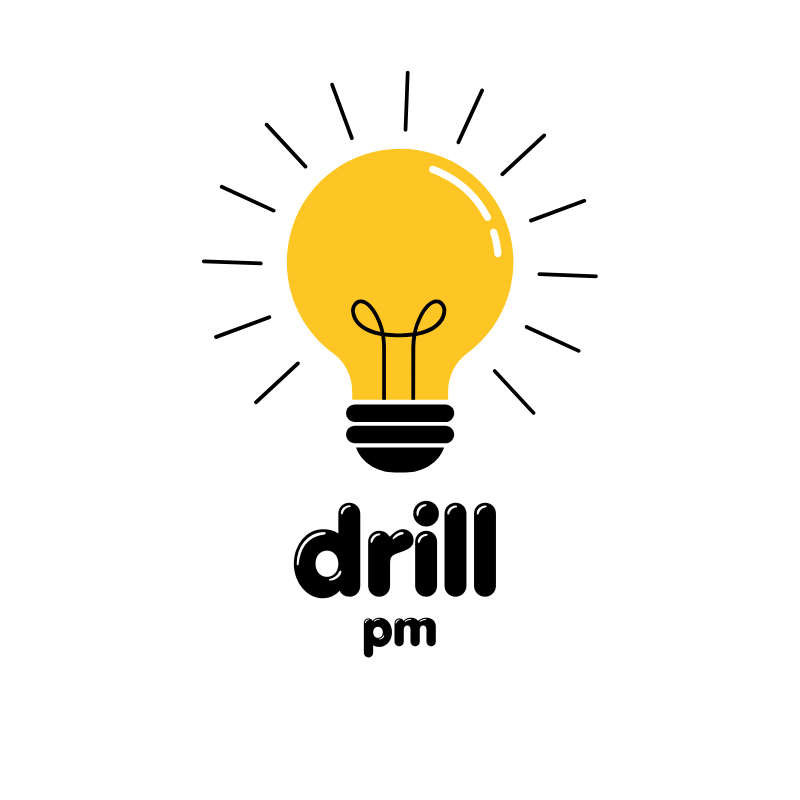Anúncios
In today’s competitive job market, a strong resume is more than just a summary of your work history — it’s your first impression. Whether you’re a student stepping into your first role or a seasoned professional aiming for a promotion, your resume must speak to your value. And it has to do that quickly.
But writing an effective resume can be challenging. Which skills should you highlight? How do you adapt your resume to different jobs? What do hiring managers really look for? These questions haunt job seekers of every background and experience level.
If you’re serious about standing out and landing more interviews, you’re in the right place. This comprehensive step-by-step guide will walk you through everything you need to know — and everything you need to do — to transform your resume into a powerful career tool. Let’s get started.
Understand Your Audience: Who Will Read Your Resume
Before crafting your resume, think about who will read it. Is it a hiring manager, a recruiter, or an automated system? Each one looks for something different. A recruiter might scan for relevant job titles and skills, while a hiring manager may focus on achievements and culture fit.
Research the company and the role. Look at the job description, LinkedIn profiles of employees, and the company website to understand what matters to them. Tailoring your tone and content accordingly will give you a significant edge.
Tailor Your Resume to the Job You Want
Generic resumes are easily ignored. Each job application should have a custom version of your resume. Start by identifying the key skills and responsibilities listed in the job posting. Then, match your own experiences and qualifications to those elements.
Make sure your job titles, bullet points, and keywords mirror the language used in the ad. This increases your chances of passing Applicant Tracking Systems (ATS) and catching a recruiter’s eye.
Highlight Relevant Skills and Experiences
Focus on what’s relevant — not everything you’ve ever done. If you’re applying for a marketing role, emphasize your campaign experience, data analysis, or social media skills. If you’re a software developer, prioritize programming languages, system design, or product launches.
Use a mix of hard skills (like Excel, JavaScript, data visualization) and soft skills (like teamwork, leadership, communication), but make sure each is backed by an example or context.
Use Action-Oriented Language
Replace passive descriptions with action verbs that convey impact. Instead of saying “responsible for managing projects,” write “led cross-functional teams to complete five major projects ahead of schedule.”
Start each bullet point with a strong verb: led, improved, streamlined, launched, analyzed, reduced, increased, built, coached, etc. These words help show momentum and results.
Optimize the Resume Format and Layout
Your resume should be clean, consistent, and easy to scan. Use bold headers, bullet points, and professional fonts (like Arial, Calibri, or Helvetica). Keep margins wide enough and avoid long paragraphs.
Stick to one page if you’re early in your career. Two pages are acceptable for experienced professionals, but clarity always comes first. Ensure your contact info is at the top and that sections like Education, Experience, and Skills are clearly labeled.
Include Metrics and Achievements
Quantifiable achievements grab attention. Numbers add credibility and context to your claims. Rather than saying “helped grow sales,” say “increased regional sales by 35% in six months.”
If your role didn’t include direct metrics, think in terms of scope and impact: How many people did you manage? How many clients did you serve? What systems or processes did you improve?
Leverage Keywords for ATS Systems
Most companies use Applicant Tracking Systems to filter resumes. To pass these systems, use relevant keywords from the job description — especially job titles, skills, and tools.
Avoid keyword stuffing. The language should sound natural and flow smoothly. Tools like Jobscan can help you compare your resume with the job ad to optimize your keyword usage.
Add a Strong Summary or Objective
Your resume summary or objective is your elevator pitch. It should be a short paragraph (3-4 lines) that highlights who you are, your key qualifications, and what you’re looking for.
For example: “Results-driven HR professional with over 5 years of experience in talent acquisition, onboarding, and policy development. Passionate about creating inclusive workplace environments and optimizing recruitment processes.”
Avoid Common Mistakes and Clichés
Avoid vague terms like “team player,” “go-getter,” or “hard worker” unless they’re supported by real examples. Be specific. Instead of “excellent communication skills,” mention a time you led a successful team presentation or negotiated a contract.
Also, eliminate typos, outdated information (like irrelevant jobs from 15 years ago), and personal details such as age, marital status, or a photo (unless required in your field).
Customize for Each Application
Even if you’re applying for similar roles, each employer is different. Adjust your summary, key skills, and experience bullets to reflect what that particular company prioritizes.
Use a naming convention like “YourName_CompanyName_Resume.pdf” to keep track of tailored versions. It also shows professionalism to recruiters who receive the file.
Proofread Like a Pro
Errors on your resume can hurt your credibility. Use spellcheck, grammar tools like Grammarly, and ask someone you trust to review it.
Read your resume out loud to catch awkward phrasing. Double-check dates, names of companies, and job titles for accuracy. A polished resume shows attention to detail.
Use Design Wisely (But Keep It Professional)
Design can make your resume more readable and engaging — but avoid going overboard. Use subtle color accents if appropriate, and ensure your resume looks good both on screen and when printed.
If you’re in a creative field, consider a more visual resume or portfolio link. For most industries, simplicity and professionalism win.
Bonus Tips for Different Career Stages
- First-time job seekers: Emphasize education, volunteer work, internships, or relevant coursework.
- Career changers: Highlight transferable skills and create a functional format to downplay gaps.
- Returning after a break: Add a brief note explaining your time off (e.g., family leave, education) and refocus on current, relevant skills.
- Senior professionals: Focus on leadership achievements, strategic impact, and mentorship roles.
Conclusion
A well-crafted resume is your strongest ally in the job search. By tailoring your content, emphasizing achievements, and presenting it all in a clean format, you dramatically increase your chances of landing interviews.
But remember, your resume isn’t just about what you’ve done — it’s about what you can do for your next employer. Keep it fresh, keep it focused, and above all, keep it honest.
Put these strategies into action and give your resume the upgrade it deserves. You’re not just applying for jobs — you’re building a career.
FAQs
1. How long should my resume be?
For most candidates, 1–2 pages is ideal. Focus on clarity and relevance rather than length.
2. Should I include a photo on my resume?
In the U.S., it’s generally discouraged unless you’re in an industry where appearance is relevant (like acting or modeling).
3. How often should I update my resume?
Update it every time you achieve something notable or change roles. Ideally, review it every 3–6 months.
4. What’s the best file format for submitting a resume?
PDF is typically the safest format as it preserves formatting across devices and systems.
5. Can I use AI tools to help write my resume?
Yes, AI tools like resume builders or writing assistants can be helpful, but always personalize and fact-check the content.



